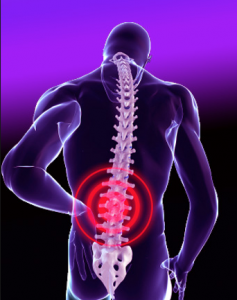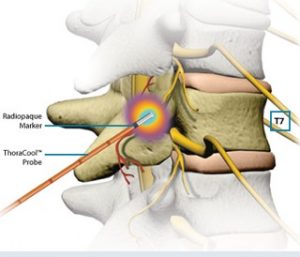Low Back Pain
 Low Back Pain Treatment in Arizona – Gilbert, Mesa, Chandler, Queen Creek, Maricopa
Low Back Pain Treatment in Arizona – Gilbert, Mesa, Chandler, Queen Creek, Maricopa
Low back pain can be caused by many different problems, affecting nerves, spinal muscles, bones, discs, or tendons in the lumbar spine. Many lower back problems also cause back muscle spasms, which leads to extreme pain and disability. An irritation with any of these structures can cause lower back pain and/or pain that radiates or is referred to other parts of the body. Low back pain is common, and the severity of discomfort varies from mild to severe. Getting a diagnosis is important to understand the cause of the pain or problem of the lower back.
An estimated 2.06 million episodes of low back pain occurred among a population at risk of over 1.48 billion person-years for an incidence rate of 1.39 per 1,000 person-years in the United States. Low back pain accounted for 3.15% of all emergency visits. Injuries sustained at home (65%) accounted for most patients presenting with low back pain.
Low back pain demonstrates a bimodal distribution with peaks between 25 and 29 years of age (2.58/1,000 person-years) and 95 to 99 years of age (1.47/1,000) without differentiation by underlying etiology. When compared with females, males showed no significant differences in the rates of low back pain. However, when analyzed by 5-year age group, males aged 10 to 49 years and females aged 65 to 94 years had increased risk of low back pain than their opposite sex counterparts. When compared with Asian race, patients of black and white race were found to have significantly higher rates of low back pain. Older patients were found to be at a greater risk of hospital admission for low back pain.
What causes low back pain?
Certain causes of lower back pain tend to occur more often in younger individuals than older adults. Here are a few sources of low back pain:
- Degenerative disc disease – Aging and wearing of the disc.
- Irritation of the smaller nerves in lower back
- Lumbar strain – Strain of the large paired lower back muscles.
- Damaged ligaments, joints, and bones
- Sciatica – Large nerve roots in the low back that go to the legs may be irritated.
- Sacroiliac Joint Disorder
- Spinal Arthritis
- Infection or Tumor
Young adults (age 30 to 60) are more likely to experience back pain from the disc space, back muscle strain, or soft tissue strain. Older adults (over 60) are more likely to suffer from pain related to joint degeneration, such as spinal stenosis, compression fracture, and even osteoarthritis.
What are the symptoms associated with low back pain?
Usually, younger adults will experience back pain from a lower back muscle strain or from within the disc space. This may cause a severe, aching pain in the lower back that can start after activity, sudden movement, or from lifting heavy objects. These symptoms associated with low back pain include:
- Aching and dull pain
- Sore when touching
- Can’t or have difficulty when trying to move, stand or walk
- Severe muscle spasms
- Groin, upper thigh, and buttock pain
How is low back pain diagnosed?
First, your Gilbert pain doctor will want to know about the onset of low back pain. Where and when it began hurting, how much it hurts, how often pain occurs, and did it come on suddenly or gradually. The doctor will also want to know what you do to help alleviate the pain, (if anything works at all). He/she will need to know if you’ve had the pain before and what (if any) illnesses you may have or had, such as stomach problems, fever, cough, or trouble urinating.
The Arizona pain doctor will give you a physical examination, watching for signs of nerve damage while having you walk on your toes, soles, and heels of your feet. He/she will also test reflexes with a reflex hammer. An abdominal exam is necessary, as well as a rectal and pelvic exam to look for diseases that can cause pain in your lower back.
How is low back pain treated?
There are many ways to help relieve low back pain. These include:
- Over-the-counter medication such as ibuprofen or Tylenol
- Using heat or ice
- Rest
- Massage
For more severe back pain, you may receive the following:
- Stronger pain medication such as an opiate painkiller
- Epidural steroid injection (ESI)
- Intradiscal Injection
- Facet Injection
- Medial Branch Block
- Lumbar Radiofrequency Ablation

For chronic pain, it may be necessary to use alternative treatments for pain relief, such as:
- Acupuncture
- Spinal manipulation
- Massage
- Cognitive-behavioral therapy
- Comprehensive rehabilitation programs
Resources
Waterman BR, Belmont PJ, Schoenfeld AJ (2012). Low backpain in the United States. The Spine Journal, 12(1), 63-70.



